Transitioning Between Rhythms and Tempos
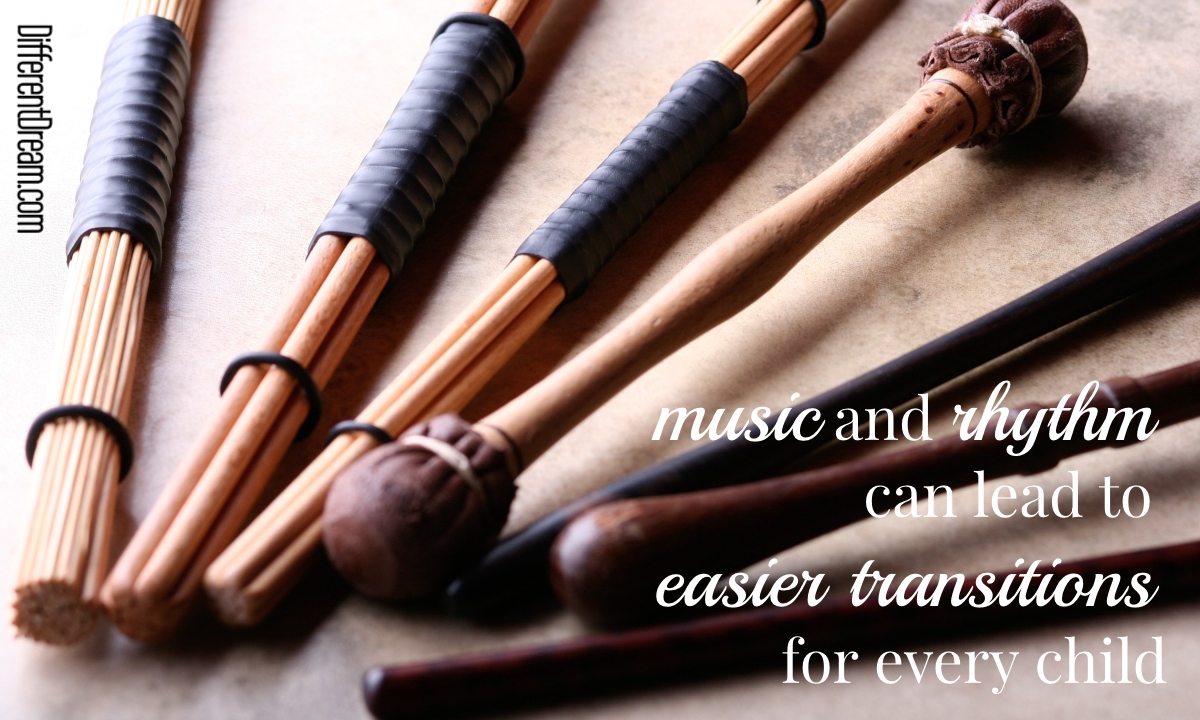
Transitioning Between Rhythms and Tempos is the brainchild of music therapist, Jim Gavin. In this post he explains what transitions are, what’s included in the class he’s developed, and who can benefit from it.
We are creatures of habit, and routines are key to being the best version of ourselves. This is why transitioning can be difficult for the both the neuro-typical person and a person with special needs or disabilities. Difficult transitions could be from one activity to the next (arts and crafts to lunch time), from one day to the next (Tuesday night into Wednesday morning), or from one holiday to another (such as Valentine’s Day to St. Patrick’s Day). Other transitions could be from season to season or going from 5 years old to 6.
During 10 years of being in the human services field, I’ve found that the more we prepare and make a plan for what we intend to do next, the better off we are if something goes awry. With planning, we can adapt to a situation in real time in a calm, cool, and collected way. If we do this successfully, we not only keep the situation under control for ourselves, but also for those around us.
This is one way I build trust with those I serve and support.
It is the main reason I created music-related activities to practice rhythm, melody, and harmony, as well as how to deal with out-of-control, chaotic situations. Instead of flying off the handle, practice helps my clients take a deep breath, realize that this too shall pass, through the difficult time with more ease and peace.
The class I’ve created, Transitioning Between Rhythms and Tempos which is available on Udemy, takes the idea of transitioning between activities and occasions in life and applies it to actual music making at a basic rhythmic level.
Before I end in-person or virtual individual/group classes, I give those I serve a head’s up to help them transition. Something to the effect of:
This is the last song before I say goodbye.
Thank you for letting me spend time with you today.
It’s been so much fun!
Looking forward to the next time we see each other.’
Phrases like these that make people feel comfortable knowing that what we’re doing is about to end, and that’s okay.
Do you like what you see at DifferentDream.com? You can receive more great content by subscribing to the monthly Different Dream newsletter and signing up for the daily RSS feed delivered to your email.
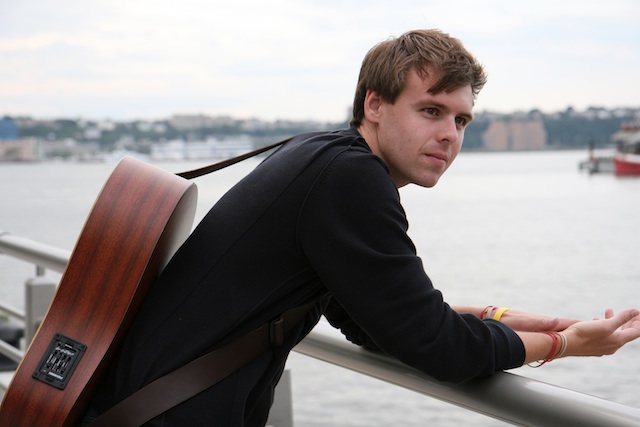
By Jim Gaven
To learn more about Jim and his business which exists to improve the quality of life for those in a time of need, head to Key of Awesome Music. You can follow and share Key of Awesome Music’s on Instagram and Twitter here: @keyofawesomemusic. You’ll find free daily Facebook Live programs geared towards and children and those with developmental disabilities at his Facebook page. To sign-up for the monthly newsletter go to http://eepurl.com/dwPEGH. To contact Jim, email him at jim.gaven@gmail.com.
Related Posts
The Magic of Music Therapy for Kids with Special Needs
Author Andrea Moriarty explains how music therapy is magic for her son with special needs in an excerpt from “One-Track Mind: 15 Ways to Amplify Your Child’s Special Interest.”
Resources for Special Needs Grandparents
Thank you for stopping by for the last post in our series about special needs grandparents. In this wrap-up, you'll find links to more posts and resources of interest to special needs grandparents. Links to Articles for Special Needs Grandparents To start things out,...
Music Can Ease Pediatric Pain
A recent study found that children who listen to music or audio stories after surgery require less pain medication than those who don’t.



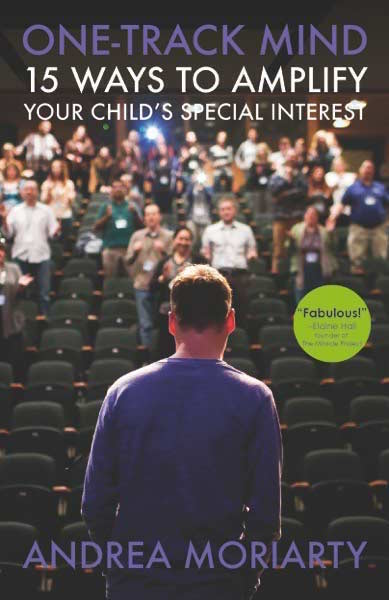
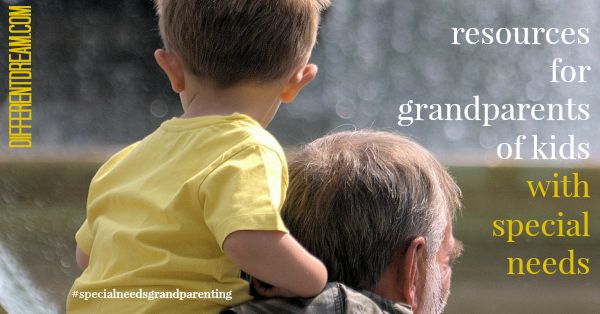
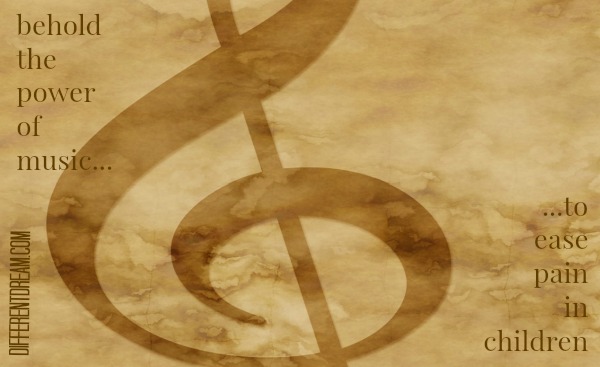
0 Comments